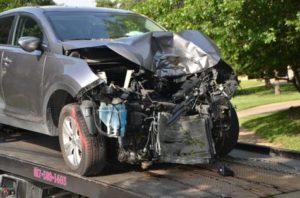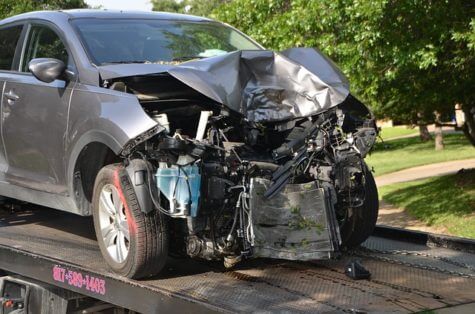NEW YORK — The opioid epidemic tearing through the American fabric isn’t just destroying lives quietly within the confines of addicts’ homes. A recent study discovered that the involvement of prescription opioids in fatal car crashes in the United States has increased sevenfold between 2005 and 2015.
Researchers at Columbia University examined the percentage of individuals killed in car crashes who tested positive for opioids during the ten-year study period The percentage rose from 1% to 7% in that time.

“Prescription opioids as potent pain medications can cause drowsiness and impair cognitive functions. The 700 percent rise in the prevalence of prescription opioids detected in fatally injured drivers is cause for great concern,” says Guohua Li, professor of epidemiology at Columbia’s Mailman School of Public Health and principal investigator, in a university release.
This spike in traffic deaths involving opioids is emblematic of the larger menace of opioid abuse in the United States. In 1991, about 76 million prescriptions for opioids such as oxycodone, hydrocodone, and methadone were issued. In 2014, 300 million such prescriptions were issued. Some estimate that almost 4,000 people per day use opioids for nonmedical reasons.
“The opioid epidemic has been defined primarily by the counts of overdose fatalities. Our study suggests that increases in opioid consumption may carry adverse health consequences far beyond overdose morbidity and mortality,” says Li.
Using data from the Fatality Analysis Reporting System, Li and his team analyzed 36,729 traffic deaths that occurred within one hour of a traffic accident in California, West Virginia, Hawaii, Illinois, New Hampshire, and Rhode Island. All those states routinely conduct toxicological tests on injury fatalities. Overall, 24% tested positive for non-alcohol drugs. Of those who tested positive for prescription opioids, 30% also had elevated blood-alcohol levels.
The full study was published in the Sept. 2017 edition of the American Journal of Public Health.

Comments
Comments are closed.